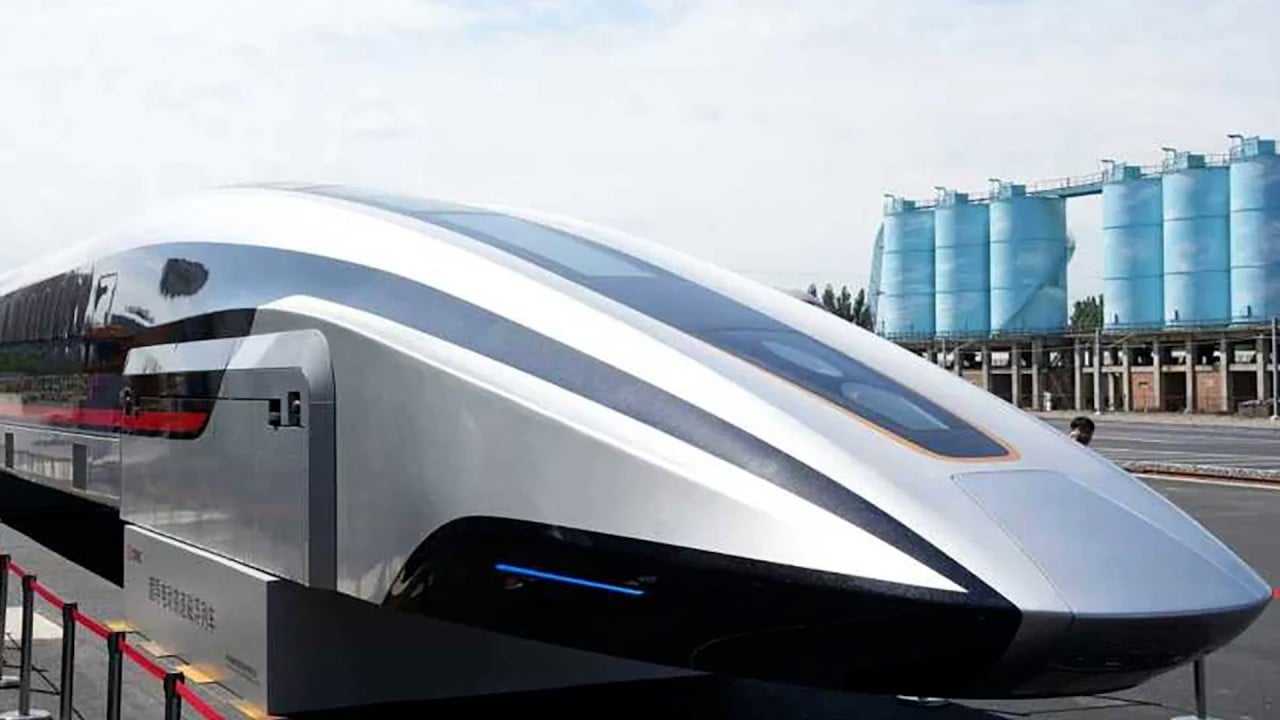China has pulled the wraps off its next-generation high-speed rail technology as the United States revokes federal funding for California’s high-speed rail project.
The team surpassed the previous upper speed of 350km/h, at which high aerodynamic resistance and energy consumption levels had for decades been a technological barrier.
An increase in speed of 50km/h would lead to a 30 per cent rise in resistance, and greater energy consumption, a researcher at the China Academy of Railway Sciences, Shao Jun, told the newspaper. High-speed trains face 95 per cent of their resistance from air.
To boost speed and save energy, the scientists adjusted the head shape of the train to reduce drag, drawing inspiration from nature to create a design based on fast-flying birds and cutting resistance by about 2.6 per cent.
They then looked at the train’s undercarriage, a previously overlooked area that had potential to reduce drag.
A team member had proposed an idea for a cover structure to shield the exposed areas of the bogie, creating a more complete aerodynamic shape to lower resistance, Shao said. After repeated optimisation of the cladding structure, resistance was reduced by 22 per cent.
This means that even with a 50km/h increase in speed, the energy consumption of the new train remains comparable to that of the CR400 Fuxing trains operating at 350km/h.



